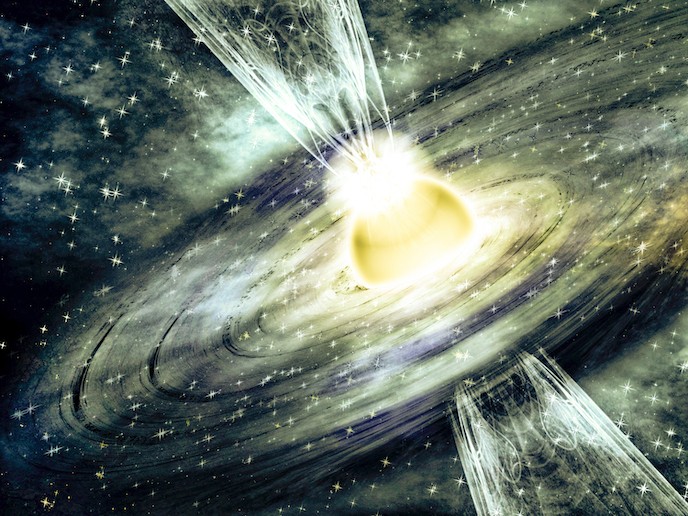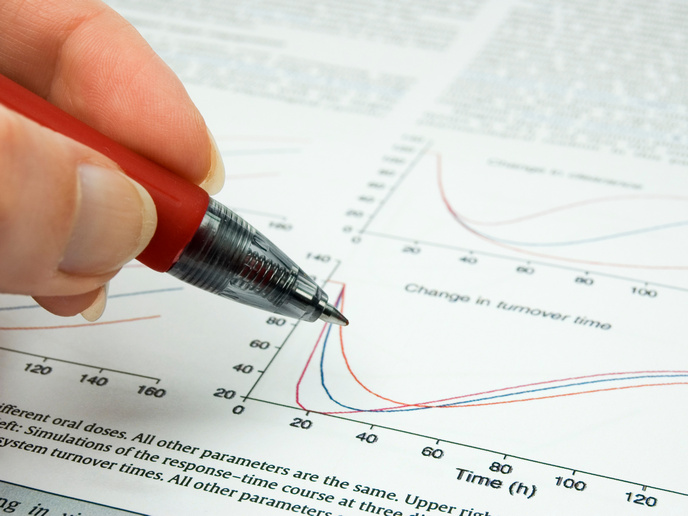EU enterprise probes some of the universe’s great unanswered questions
The interaction between matter and antimatter(opens in new window) doesn’t just fuel the Starship Enterprise in Star Trek. It also fuels unanswered questions about the universe, which EU project ANGRAM set out to probe, trialling a new method for detecting antimatter, and making progress on the question of how antimatter falls. Research fellow Angela Gligorova, with support from the Marie Skłodowska-Curie programme, simulated – and detected – antiprotons, to study their interaction with ordinary matter. Gligorova is analysing and comparing the simulations and hopes to publish her results in the next few months. “We carried out a study by annihilating antiprotons in different materials in order to validate existing physics models and to identify their weaknesses as well as methods for improvements,” says Gligorova. ANGRAM’s preliminary results show that none of the current physics models describe the interaction between matter and antimatter accurately. “The research has shed light on aspects of the interaction, showing more work is needed in this direction,” says Gligorova. Supervised by Eberhard Widmann, Director of the Stefan Meyer Institute for Subatomic Physics at the Austrian Academy of Sciences(opens in new window), Gligorova secured invaluable time at CERN(opens in new window), the European Organisation for Nuclear Research, to use the Antiproton Decelerator there which produces the antiprotons necessary for the formation of antihydrogen. But the fellow wasn’t able to complete the final goal, which was to carry out a 30 % measurement of the gravitational acceleration for antihydrogen, because the antiproton beam at CERN is in high demand and only available for a limited amount of time. The new antihydrogen formation method also took longer than foreseen. “In the end, there wasn’t enough time left to measure the gravitational acceleration,” Gligorova explains. “Such an experimental result is important because it might reveal the reason why there is so much more matter than antimatter in the universe, even though in the beginning, in the Big Bang, they should have been created in equal amounts.”
The beauty of setbacks
The project trialled a moiré deflectometer to simulate the fall of antihydrogen in Earth’s gravitational field: a system made of two or three parallel gratings, coupled to a detector. Gligorova discovered that the interactions between the antihydrogen atoms passing close to the gratings and the atoms from the gratings produced an effect that was misleading when trying to measure the gravitational force. Gligorova concluded that the tests required an even more sophisticated deflectometer, made of light instead of matter, but that instrument exceeded the resources available. “In research things don’t always go as foreseen and that’s the beauty of it. And that is progress too,” says Gligorova, sanguinely. Gligorova’s work in a challenging field has already inspired young female scientists after she made a video for International Women’s Day(opens in new window). The way ANGRAM combined two detector technologies for antiproton annihilations could inspire future experiments in antimatter. “Our study was the first direct comparison between experimental data and the current physics models for antiproton-nucleus annihilation at rest, where we saw how good and bad predictions were for the low energy region,” Gligorova says.







